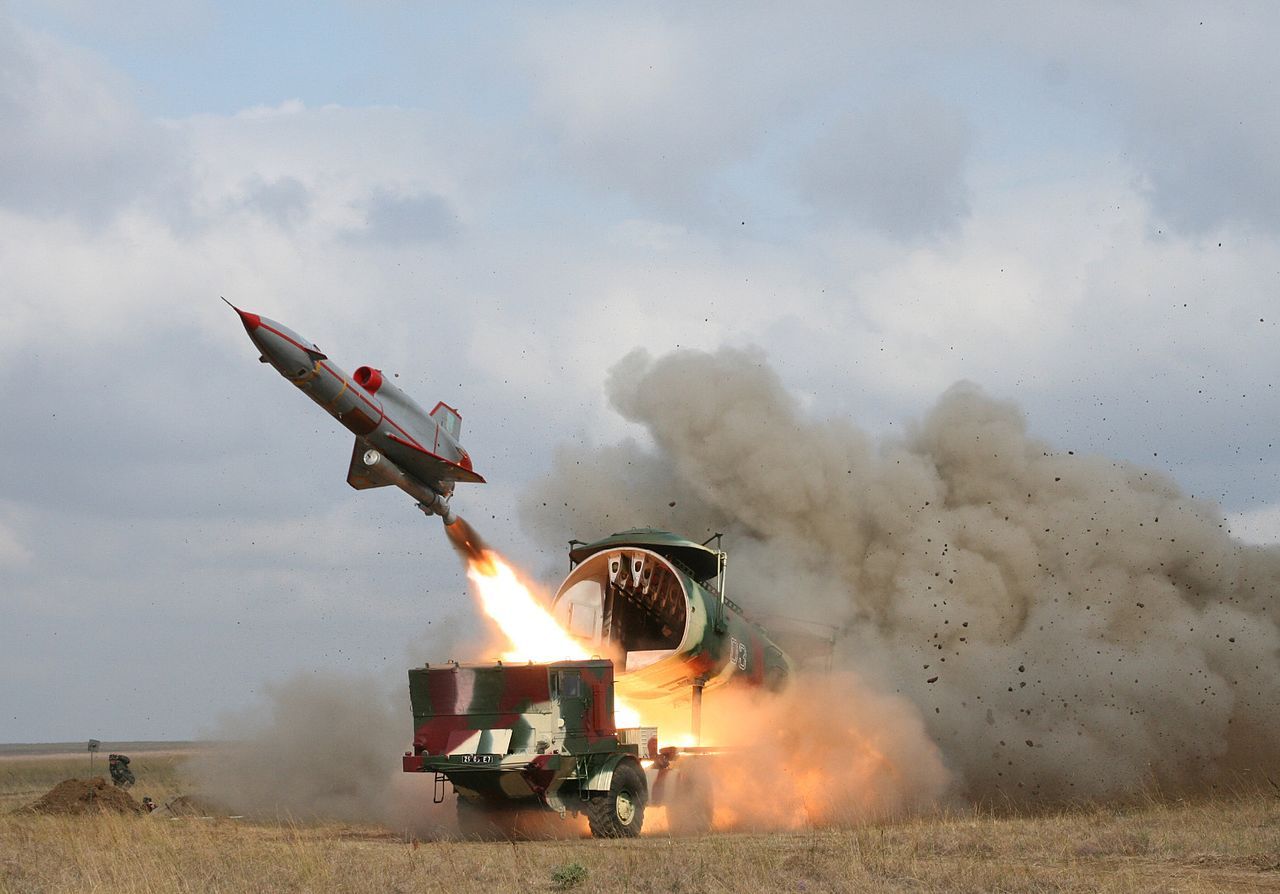Ukraine penetrated Russia’s layered air defense by building a comprehensive picture through reconnaissance and taking data from North Atlantic Treaty Organization (NATO) aircraft for targeting.
It used satellite internet and on-ground intelligence from espionage assets during its drone attacks at the Engels and Dyagilevo air bases on December 5 and 26. Russian military analysis portal Rybar tabled this analysis in an animated illustration.
On the morning of December 5, a modified Soviet-era combat UAV, Tupolev Tu-141 Strizh drones, packed with explosives, struck the Engels Air Base in the Saratov region and the Dyagilevo Air Base in Ryazan. A Tu-95 bomber was damaged in the strike.
However, the December 26 attack was partially successful, with Russia shooting down one drone that killed three servicemen. The Tu-141 Strizh is over 47 feet long and weighs over 5000 kilograms.
Ukraine Built The Big Russian Air Defense Picture
The illustrative video said how careful observation of Russian air defenses, processes, and reaction times revealed certain gaps that the Ukrainians exploited.
“Each strike and raid was preceded by identifying Russian air defense positions. All vulnerable places are surveilled by the North Atlantic Treaty Organization (NATO) for several weeks by launching a group of drones and analyzing Russian countermeasures,” the narration said.
The Dyagilevo base is 130 kilometers southeast of Moscow and nearly 600 kilometers from Ukraine, while Engels is 814 kilometers southeast of the Russian capital, 860 kilometers from Ukraine. It is unclear how the “preceding” reconnaissance involved drones since launching slow-moving surveillance drones from Ukraine would have easily gotten them detected.
The saboteurs can meanwhile be trained to optically observe the area around the air bases and identify AD sites, with the data being shared with their Ukrainian handlers using Starlink’s internet services.

NATO’s Eyes In The Sky
The US and NATO’s surveillance and Electronic Warfare (EW) aircraft like the RQ-4B Global Hawk drone, RC-135 Rivet, E-3 Airborne Warning and Control System (AWACS), E-8 Joint Surveillance Target Attack Radar System (Joint STARS) and the EC-135 ground forces command and control regularly fly over the Black Sea, south of Crimea.
Russia has long maintained that these collect targeting information and electronic intelligence (ELINT) on Russian radar and radio frequencies.
Live flight-tracking websites showed a Global Hawk over the Black Sea during the Ukrainian drone and unmanned surface vessel attack on the Russian navy fleet at Sevastopol in Crimea in late October last year. Another was spotted last week.
“These Western strategic early warning aircraft not only determine the launch areas but also record the nature of the use of Russian air defense systems, obtaining an objective picture. They simultaneously use a satellite constellation and an intelligence network of opponents near the positional areas of the Russian air defense,” said the Rybar analysis.
Collating this data from these diverse sources helps form a larger picture where a more definitive conclusion can be drawn on Russian air defense processes.
Good Old Human Spies
These successful attacks could, however, not have been possible without traditional on-ground human intelligence (HUMINT). Rybar appears to conclude this to be the most crucial link in the chain before the final attack – communicating in real-time the status of the Russian air defenses through internet access from possibly Starlink terminals.
Using human intelligence to fly them around the air bases is as dangerous. The internal security situation following the assassination of Russian political analyst Aleksandr Dugin’s daughter Darya Dugina has been heightened.
The FSB, Russia’s internal security agency, has reported arresting several saboteurs and spies planning to carry out terror strikes within Russia since mid-last year.
A previous analysis by the EurAsian Times had pointed to how drones, missiles, and aircraft on one-way suicide missions can conceivably evade even the most contested airspaces. This is typically accomplished by exploiting terrain cover, Nap of Earth (NOP) flying, and routing to observation points and populated areas to avoid radars.
The video towards the end shows an intelligence operative discreetly sharing a feed of a target location to a small command center that has videos being beamed on various screens from multiple sources.
A NATO logo on the wall of the command center in the computer-generated video is a veiled reminder of the military bloc’s surveillance aircraft receiving stations in Kyiv. Romanian expert Valentin Vasilescu said these were the actual targets in the October missile barrage on the Ukrainian capital.
- The author can be reached at satamp@gmail.com
- Follow EurAsian Times on Google News




